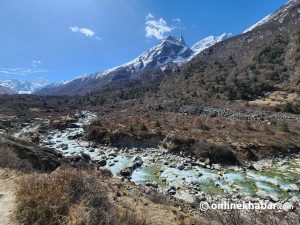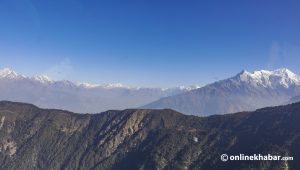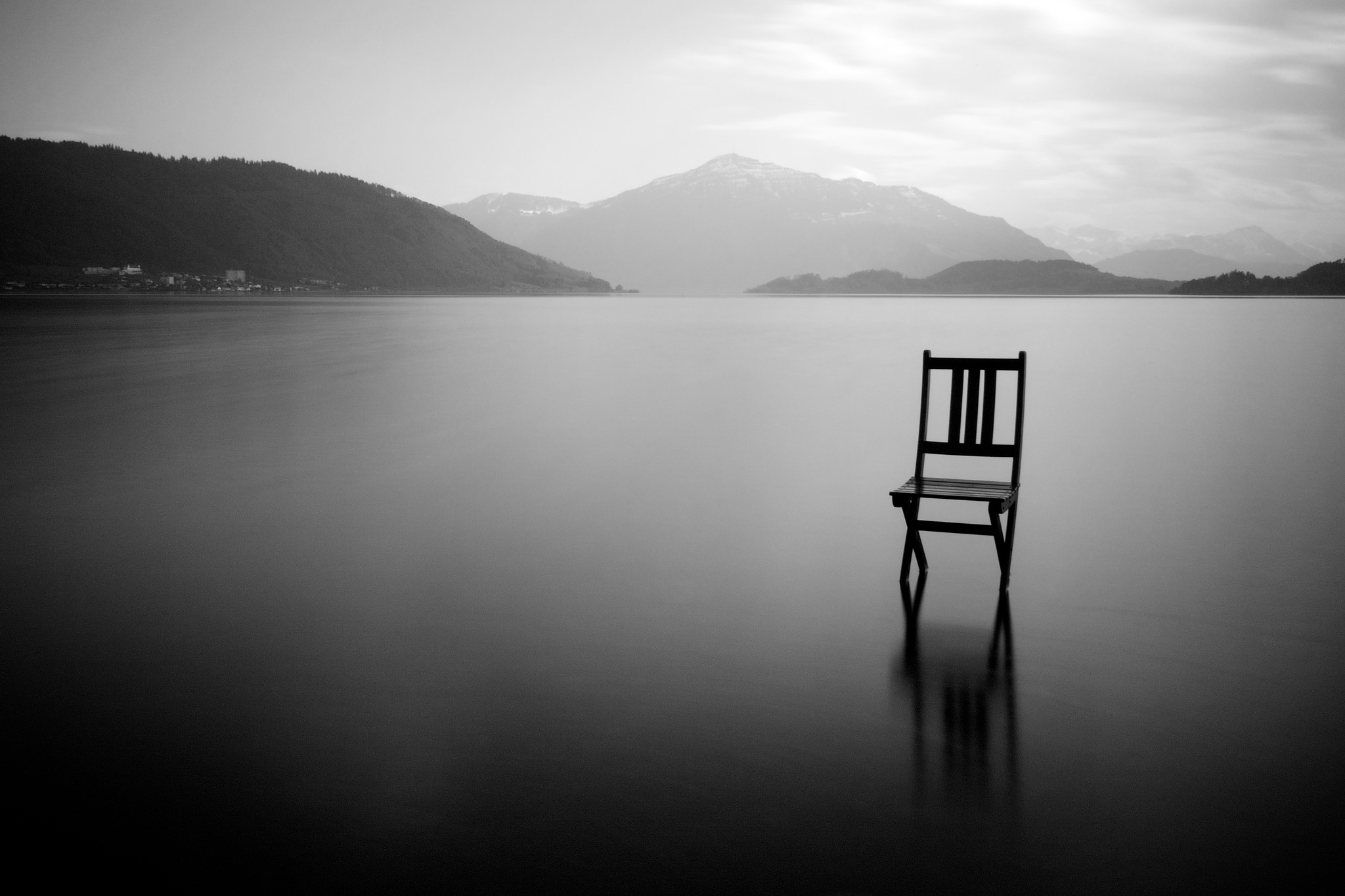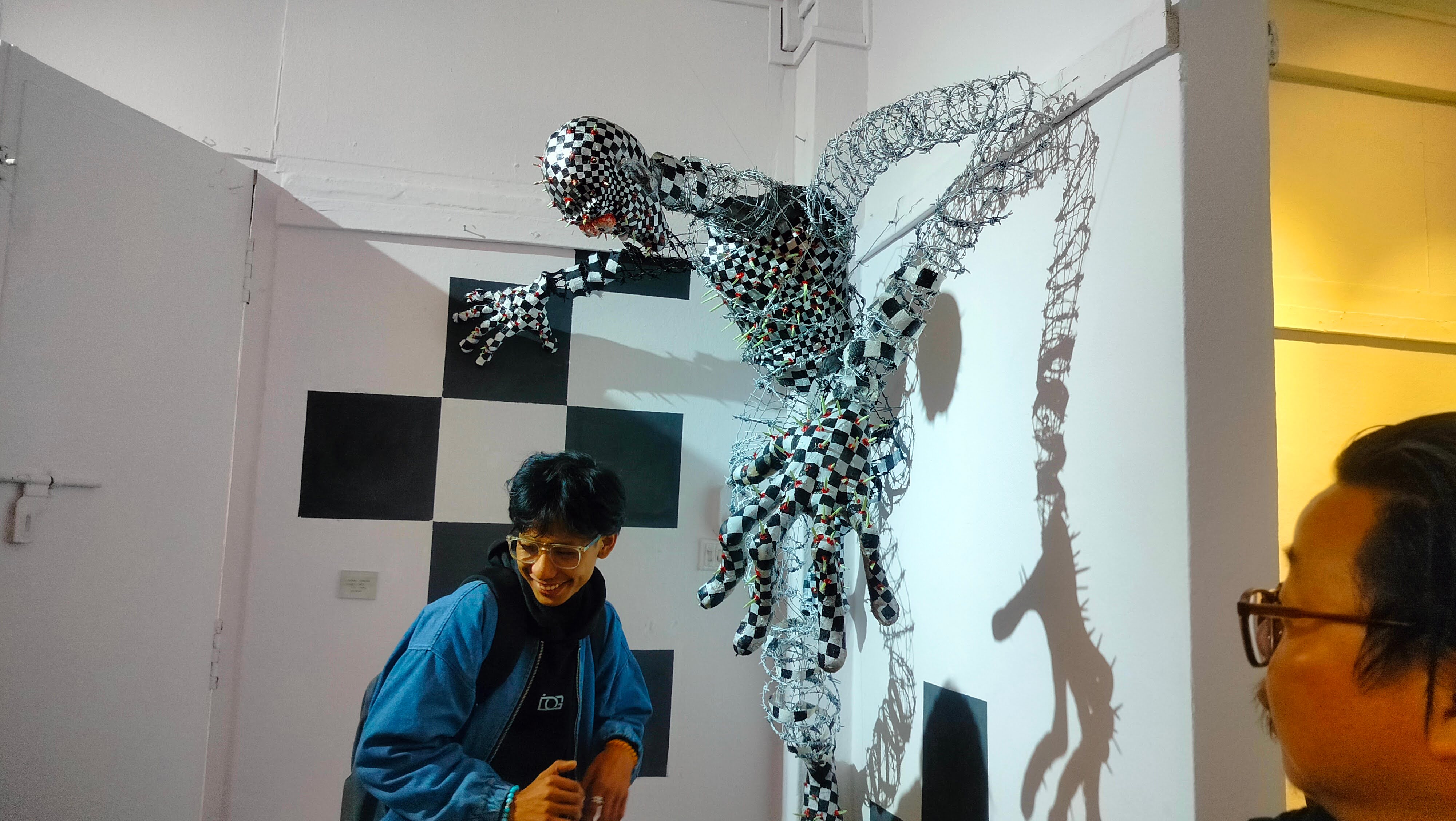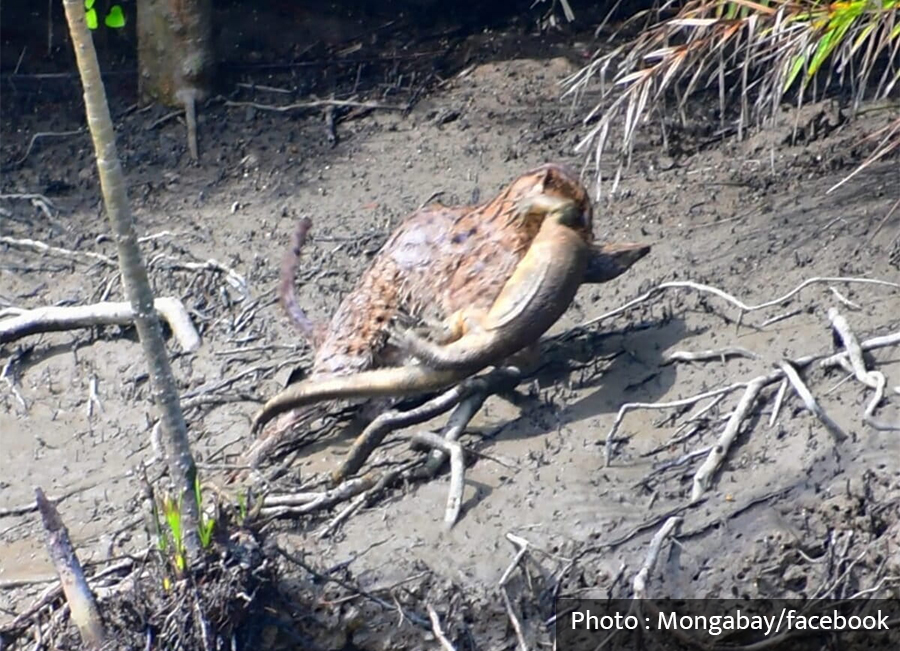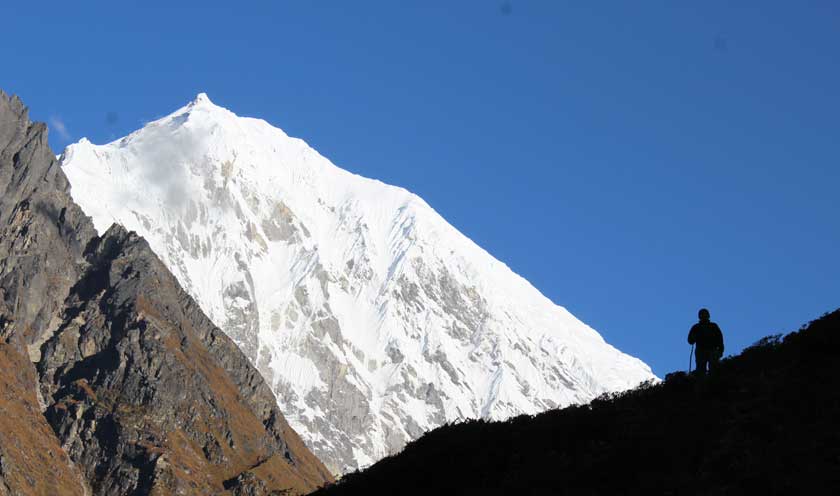
Before April 2015, when the earthquake-induced avalanche obliterated the settlements in Langtang valley in Rasuwa, I had not even seen pictures of the place. Post the earthquake, the only pictures I could see were that of desolation.
In October 2017, exactly two-and-a-half years after the devastation, I set foot on the land so brutally crushed by nature, and what I saw there was astounding. To my surprise, I found it rising from the rubble.
Though the trail to Langtang is replete with potential landslides, broken bridges, destroyed houses and bleeding hearts, the tales of resilience are slowly taking over from the tales of devastation. People are rebuilding, both their lives and the villages.
The first impression I got of Langtang was not that of a place where a thriving village once stood. Except for a house perched on the cavern, nothing gives the slightest hint of what this place looked like in the past.
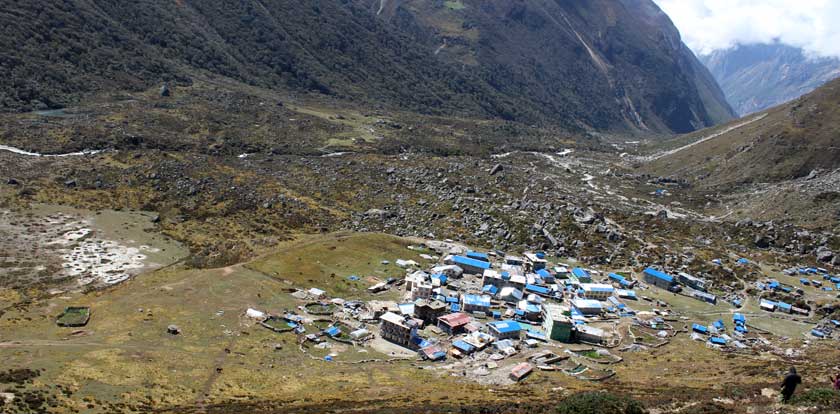
Nonetheless, Langtang is rising.
The ‘Chhorten‘ stands and on it is inscribed the names of people who lost their lives in the tragedy. Past this memorial of the dead, homes are being rebuilt, lives are being re-lived. People have relocated the village a little uphill, just past the old site and the reconstruction in full swing.
If you walk three hours from Langtang, you get to Kyangjin Valley, another epitome of resilience. From the first impression that you get of Kyangjin, nobody can say that the village has just risen from the rubble. Kyangjin looks almost intact.
There I met a baker.
I had read several accounts of the Nagasaki nuclear bomb survivors, who had moved on with their lives within a few days after the attack. Similar was the story of the baker. He told me that soon after the disaster, he rushed to Langtang to look for his family members and relatives, he could not even find traces of their homes. The bodies of some of his friends, family and relatives he found were all disfigured beyond recognition. The bodies of the rest were never found.
They were buried along with the history of old Langtang.
The second half of his story, however, was that of resilience. When they were evacuated after the quake, the people of Langtang were taken to Yellow Monastery in Kathmandu. However, with the determination to rebuild what they had lost, in two months, they had returned.

The next morning as we woke up, the Langtang-Lirung Mountain greeted us with the golden rays of the sun. The yaks were making their way up to ‘kharkas’- bells on their necks jingling.
The silver mountains circling the valley smiled at us as we made our way to Kyangjin Ri. As we reached the top, the feeling was sublime, the glaciers sat calm and composed on the lap of majestic Himalayas, the invincible silver mountains stood defiant.
On the way back as I lowered my eyes to measure the altitude we had conquered, I could see the blue tin-roofed village standing triumphantly narrating the story of resilience.
Yes! Langtang is rising- Rising due to the resilience of its inhabitants.
Poudel is Assistant Chief District Officer, Rasuwa
@Aryataara





